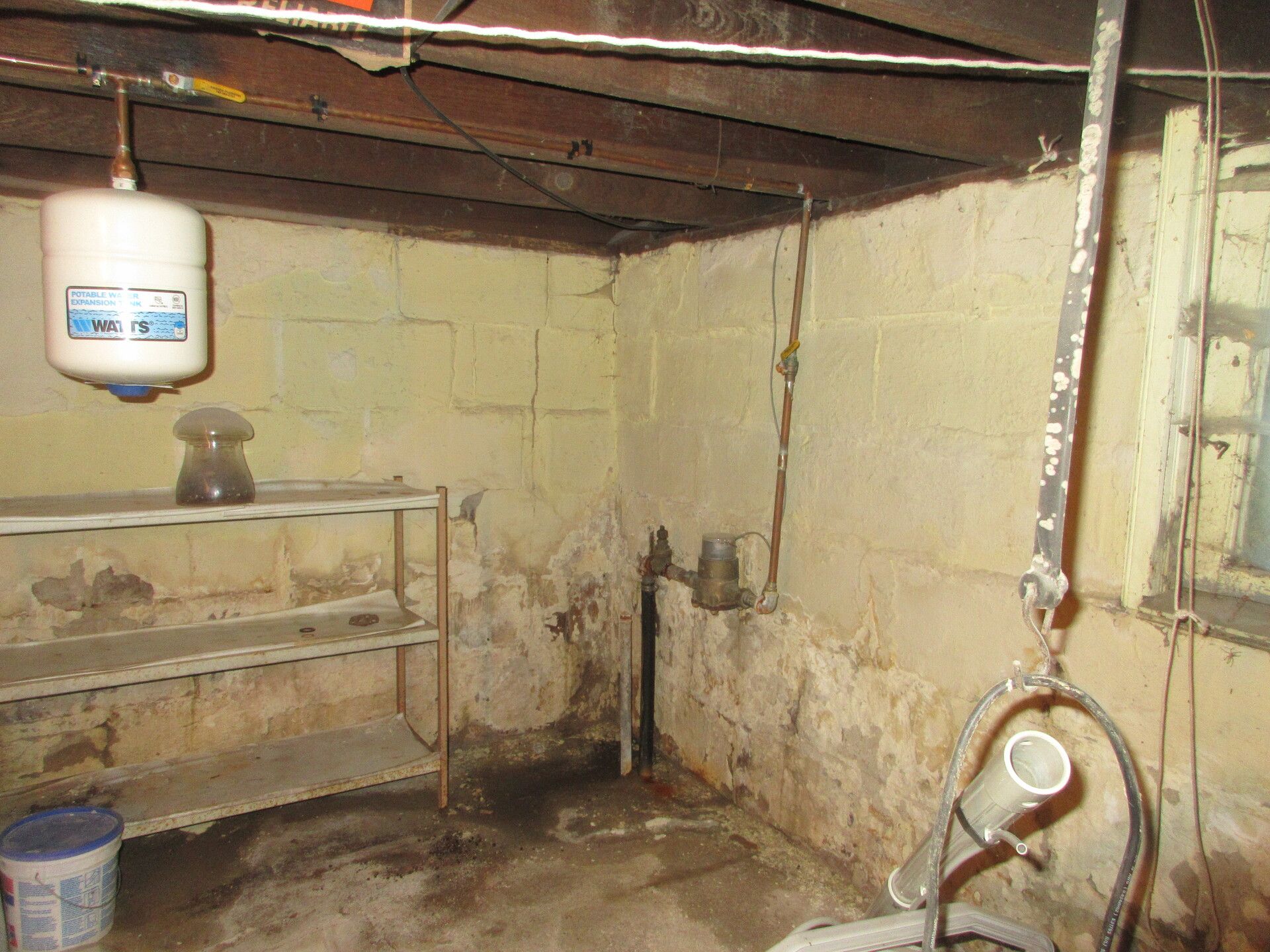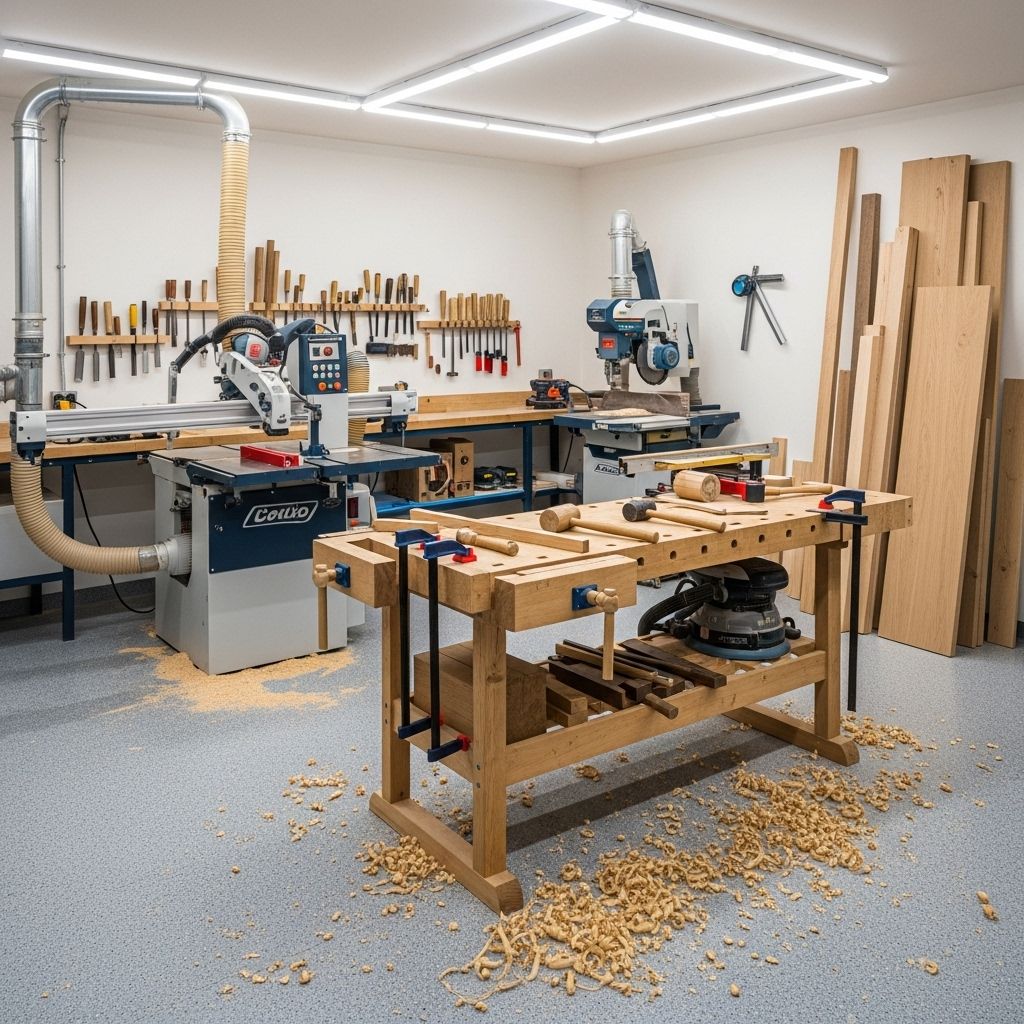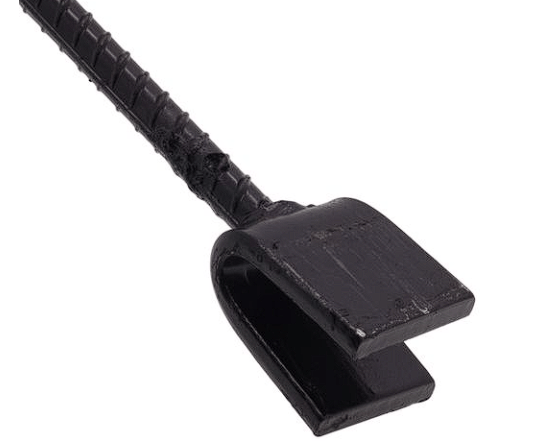- KnowYourHome Newsletter
- Posts
- Musty Basements, An Important Home Tool, New Luxury Home Feature
Musty Basements, An Important Home Tool, New Luxury Home Feature
For Serious Homeowners seeking Practical Solutions

What Is Causing Your Musty Basement?
Do you have a musty smell or damp air in your basement?
We will explore the cause and solutions in this article.

What can cause these damp smells?
The bottom line is that mold and mildew has formed somewhere inside your basement. Yikes! These create the musty smell.
Our basements and crawl spaces are buried in the ground and surrounded by moist soils.
Moisture is getting through your basement and crawl space walls and floors.
Your HVAC Ducts and cold water piping are condensating because you aren’t controlling the level of the moisture in the air (humidity levels). If the humidity is above the dew point, then condensation will form.
Missing vapor and air barriers on crawl space floors and below basement concrete slabs.
Potential other causes that are rare include leaks from mechanical equipment, issues with drain lines, or excess hot water use in the basement (showers, etc.).
What are the solutions to these moisture problems?
We mainly want to control the moisture. The moisture is going to be there in various amounts, we just need to make sure it is managed. Once this is done, you can treat any surfaces which may have developed mold or mildew.
We list the steps you should take here in order, starting with the easiest to tackle, to the hardest.
Gutters and Downspouts - Are they collecting all the water runoff from your roof and discharging this water at least 10 feet away from your home? If you are unsure, an umbrella and rain storm can help you check. Get these issues fixed first, as they are usually the easiest and cheapest step.
Ground Grading - You want the grade next to your home to slope downward away from your home at least 6 inches vertical within 10 horizontal feet of the home.
Vapor Barriers - Does your crawl space floor have a waterproof (vapor impermeable) plastic or other similar sheet covering the entire floor?
Underground Downspout Drainage - An underground drainage piping system to move downspout water well away from the home.
Dehumidifier - Running a properly sized air dehumidifier in each of your basement areas will cut down on the amount of moisture in the air. This will minimize the chances of condensation.
Moving Air - Can you install ceiling fans, or other air moving devices in your basement to help circulate air in the space?
Condensation - Insulate around all ducts and pipes which may be condensating.
Clean and Treat - At this point, you want to tackle all accessible spaces to treat any mold or mildew growth.
Sump Pit/Pump Improvements - Is your sump pit collecting water well from below your floors? Is the lid of the pit air sealed?
Footer Drainage - A SCH 80 PVC piping system to serve as the footer drains will provide high durability. Make sure to install vertical cleanout pipes with cleanout Y’s at the base, at all bends (corners) of the footer level horizontal piping. Ideally these drain to daylight, but to a robust sump pit system is OK too.
Be careful out there with “band-aid” type products and services that don’t adhere to the basics of water control outlined here.
Luxury Home Feature
Do you love woodworking? If so, then home woodshops are the luxury home feature you need.

A home wood shop.
Easily take a break in your woodshop just a few short steps away!
200+ AI Side Hustles to Start Right Now
From prompt engineering to AI apps, there are countless ways to profit from AI now. Our guide reveals 200+ actionable AI business models, from no-code solutions to advanced applications. Learn how people are earning $500-$10,000 monthly with tools that didn't exist last year. Sign up for The Hustle to get the guide and daily insights.
A Home Tool You Must Have!
Did you know there is a valve underground that can shut off the water to your home?
A friend of mine recently had a plumber break his main water line just inside his basement wall. He watched for hours as water poured into his basement, because the plumber didn’t have this tool on his truck! Insane.
This valve, called a stop, or water stop, requires a special tool to open and close.
This tool is called a Water Meter Key, sometimes also called a T-Handle Curb Stop Tool

The end of a Water Meter Key
These cost between 30 and 90 dollars. The important thing to check is how long of a tool you need. Frost depth varies around the country. Some locations it is 1 foot, and others 6 feet. The depth of your stop valve will determine how long of a tool you will need.
Learn more about this tool in the video below:
This is probably one of a handful of things that your home MUST have on hand.
The KnowYourHome Newsletter For Serious Homeowners seeking Practical Solutions. |
The content of this newsletter is for informational purposes only and does not constitute professional advice. Always perform your own due diligence before making any financial decisions. There are no sponsors of this newsletter.

